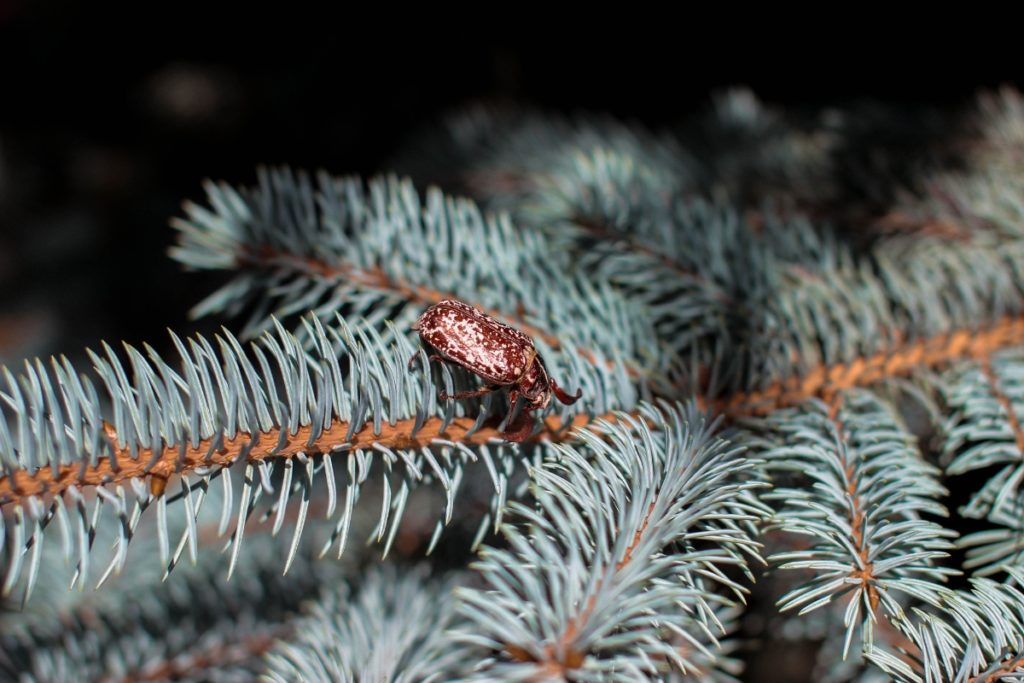How To Safely Remove Common Christmas Tree Bugs
Festive farms sell tens of millions of Christmas trees yearly, with countless households rocking around the Christmas tree this season. A yuletide staple, this ancient tradition creates a place to hang your decorations, stash your gifts, and breathe in the piny scent of Christmas, so what’s not to love? Well, unfortunately, bringing a six-foot piece of the natural world into your living room also risks some nasty surprises, far beyond a lump of coal in your stocking. Each tree could hold up to 25,000 Christmas tree bugs, potentially unleashing damage to your home and discomfort for your loved ones.
Learning more about Christmas tree bugs, and how to remove them, will help you keep your home safe and your Christmas merry.

Identifying Common Christmas Tree Bugs
Christmas trees host a variety of insects, arachnids, and other bugs. While they don’t pose a huge risk to your physical health, the stress and mess that Christmas tree bugs can cause demands action to protect your home.
Insects in your Christmas tree
Many kinds of insects thrive on Christmas trees, including aphids. These small insects feed on Christmas tree sap, and unlike green garden aphids, appear black or dark brown on your festive decorations.
Another Christmas tree bug you might be less familiar with is the bark beetle. Tube-shaped beetles about the size and shape of a grain of rice, bark beetles live in the bark of Christmas trees, as their name suggests. They bore into the moist trunk of Christmas trees, but won’t damage dried, varnished timber in our furniture or floorboards.
Winged insects called booklice, also known as psocids, create their homes in Christmas tree bark, feeding on natural detritus and dead matter. These small insects with translucent, spotted wings aren’t parasitic to humans, but they can stain your upholstery and wrapping paper.
Other Christmas Tree Bugs
You might also see speckles of white dots on your Christmas tree needles, but if you’re indoors, that’s not going to be snow. Instead, small bugs called adelgids, a close relative of aphids, create white cottony fluff that sticks to Christmas tree buds. Similarly, white pine needle scale occurs when small insects lay white eggs on your Christmas tree. Identifying these issues as soon as possible helps minimise their impact on your Christmas.
How to Check For Christmas Tree Bugs
Prevention is far easier than treatment. When you identify Christmas tree bugs before they multiply or die messy deaths on your carpet, they’re easier to handle. Carefully checking your Christmas tree outside with a bright torch helps detect any infestation. Once you bring the tree inside the house, you’ll be keen to decorate it as soon as possible. However, shaking the tree thoroughly and waiting a day for it to settle also helps draw bugs out for easy identification.
If you detect any eggs, shells, or spiderwebs, these clues hint towards a developing problem. Keep your eyes peeled, as warmer temperatures and environmental changes in your home can disturb Christmas tree bugs and awaken dormant pests.
Removal and Treatment Strategies
Shaking and vacuuming your tree is an effective means of bug removal. Homeowners often regret spraying their trees with pest removal spray, as the chemicals prove strong and even dangerous. Pest spray can damage and brown the needles while creating a distinct chemical odour. Crucially, it’s also flammable, and excessive spraying near festive lights and candles poses a serious fire risk.
Professional Pest Control
If you detect signs of Christmas tree bugs and aren’t sure how to handle them, professional pest control experts can solve your concerns and manage any infestation issues. At Confirm A Kill, we’re on hand all through the festive period with our emergency pest control service.
